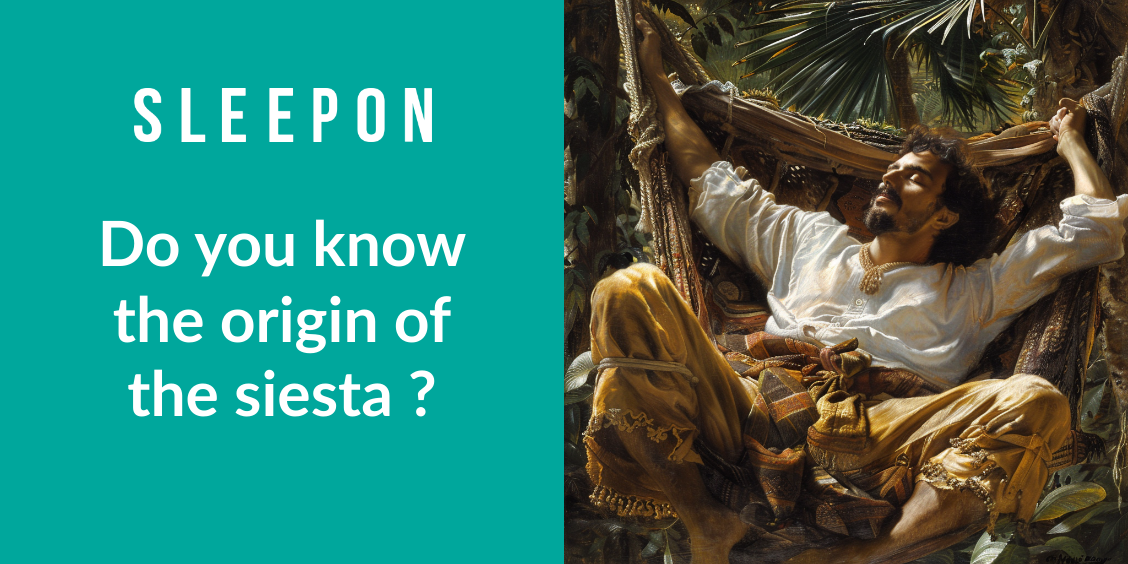
Do you know the origin of the siesta ?
The origin of the siesta.
The origin of the siesta can be traced back to ancient cultures and lifestyles. In some civilizations, people had a widespread habit of taking naps during the day, and this cultural tradition varied across different regions and periods.
In ancient China, the afternoon nap was considered a part of health preservation, believed to help maintain the body’s balance and overall health. Ancient medical texts such as the “Huangdi Neijing” mentioned the benefits of napping, suggesting that it could regulate the body’s yin and yang balance and promote physical recovery and adjustment. This concept has persisted in Chinese traditional culture to this day.

Similarly, in Western cultures, people in some Mediterranean coastal countries also have the tradition of the siesta, such as the “Spanish siesta.” During the hot afternoon, people would typically take a break to avoid the midday heat and its adverse effects on work and activities. This led to the proverb in the West, “Only mad dogs and Englishmen go out in the midday sun.”
From a medical sleep perspective, the period between 2 p.m. and 4 p.m. is an important time for the body’s circadian rhythm, known as the “post-lunch dip.” During this time, the body’s temperature and metabolic rate may slightly decrease, while the secretion of melatonin (the hormone that promotes sleep) gradually increases, leading people to feel tired and inclined to rest. This peak in drowsiness may indicate a natural physiological need for rest or relaxation during this period. Therefore, in some cultures, this time period is considered suitable for napping to improve alertness and work efficiency in the afternoon.
However, due to differences in individual circadian rhythms, lifestyle habits, and work schedules, not everyone experiences the same peak in drowsiness in the afternoon. Some people may feel more tired in the morning, while others may feel more fatigued in the evening.
The benefits of taking a nap.
Research shows that taking a nap has various benefits. For example, in 2015, a study conducted by Saarland University in Germany compared students who took naps with those who did not. The results revealed that individuals who napped were able to remember more word pairs upon waking up compared to those who did not nap. Word pair memory is a form of associative memory, such as remembering which name corresponds to which face. The hippocampus, a region of the brain, plays a crucial role in associative memory, indicating that napping can enhance learning abilities dependent on the hippocampus.

Napping has positive effects on both physical and cognitive functions. Here are some research findings regarding the benefits of napping:
- Improved alertness and attention: Short naps can help enhance alertness and attention. After napping, individuals often find it easier to concentrate and perform cognitive tasks more effectively.
- Enhanced memory and learning abilities: Some studies suggest that napping has a positive impact on memory and learning abilities. Napping helps consolidate information acquired during the learning process, improving memory stability and retention.
- Enhanced mental health: Regular napping is associated with improved mental health. Lack of sufficient sleep may be linked to mental health issues such as depression and anxiety, while napping can help alleviate fatigue and improve mood.
- Reduced risk of cardiovascular diseases: Some research indicates that napping may be associated with a reduced risk of cardiovascular diseases. Adequate napping is believed to contribute to maintaining cardiovascular health.
- Increased work performance: In some work environments, napping is believed to enhance work performance. Short naps can alleviate fatigue and improve employees’ efficiency and productivity.
- Counteracting the effects of irregular sleep patterns: For individuals with irregular sleep patterns due to work or other reasons, napping can help mitigate the negative effects caused by disruptions in the body’s internal clock.
It is important to note that the benefits of napping may vary depending on individual differences, and both excessively long and excessively short nap durations may have negative effects. The optimal nap time and duration may vary among individuals, so adjustments should be made based on personal needs and lifestyle habits.
How to nap effectively for restoring energy.
The renowned journal “Sleep” once published an article that investigated the effects of different lengths of naps and not napping. The results indicated that a 10-minute nap was most beneficial for reducing sleepiness and enhancing cognitive abilities, while naps lasting 30 minutes or longer were more likely to result in sleep inertia. Additionally, data suggested that proper napping could increase work efficiency by 34%.
Napping can be an effective way to restore energy and enhance alertness, but certain techniques and considerations should be noted to ensure optimal nap effectiveness. Here are some suggestions:
- Control the nap duration: Moderate nap duration is key. Typically, a short nap lasting 15 to 30 minutes is most effective for most individuals as it provides a clear boost in alertness while avoiding entry into deep sleep stages.
- Choose an appropriate time: It’s best to nap earlier in the afternoon to avoid disrupting normal nighttime sleep. The period between 2:00 PM and 3:00 PM is a common recommendation as many people experience a peak in drowsiness during this time.
- Create a conducive environment: Aim for a quiet, comfortable, and dark environment to facilitate better rest. Using blackout curtains, wearing an eye mask, using pillows, or turning off noise sources can help create a suitable nap environment. (SLEEPON Steam Eye Mask / Silk Mask, Your one of best choice to help you enjoy a restful afternoon sleep).
- Maintain warmth: A drop in body temperature aids in falling asleep, so ensuring the environment is sufficiently warm is important. Using a light blanket or comforter can provide adequate warmth.
- Avoid caffeine and heavy meals: Avoid consuming caffeine and large meals in the hours leading up to a nap to avoid affecting sleep quality.

- Maintain a regular nap schedule: Strive to maintain a consistent nap schedule, which helps adjust the body’s internal clock and enhances nap effectiveness.
- Avoid overly long naps: Extended naps may lead to sleep inertia, causing grogginess upon waking, so it’s essential to control the nap duration and avoid excessive napping.
- Try the coffee nap method: If increased alertness is needed, consider having a cup of coffee and then immediately taking a short nap. Since caffeine takes some time to take effect, combining the effects of caffeine with the rejuvenating effects of a nap can be beneficial.
Nap needs and effects vary for each individual, so adjustments can be made based on personal experiences to find the most suitable nap approach.
Dessert recommendations after a nap.
Enjoying some light desserts can be a good choice after a nap, but it’s important to avoid overly heavy or caffeinated foods to avoid impacting evening sleep.
Here are some light and suitable dessert suggestions for post-nap enjoyment:

- Fruit: Opt for fresh fruits such as strawberries, blueberries, peaches, or oranges. Fruits are rich in natural sugars, providing energy without feeling heavy.
- Yogurt with fruit jam: Low-fat yogurt paired with some fruit jam or fresh fruit is a refreshing choice. This combination is not only delicious but also rich in protein and vitamins.
- Chocolate and nut mix: A small amount of dark chocolate paired with nuts (such as almonds or walnuts) can provide some energy while satisfying sweet cravings.
- Oatmeal cookies: Choose low-sugar or sugar-free oatmeal cookies, paired with some fresh fruit, for a fiber-rich and energy-boosting option.
- Low-sugar ice cream or sorbet: If you enjoy cold treats, opt for low-sugar or sugar-free ice cream or sorbet. However, be mindful of the portion size to avoid consuming too much sugar.
- Herbal tea or red tea: If you’d like to pair your dessert with a beverage, consider low-caffeine herbal tea or red tea. Avoid excessive caffeine intake to prevent impacting evening sleep.
Remember, desserts after a nap are best when light and not overly greasy, with minimal sugar and caffeine to ensure they don’t have a negative impact on evening rest. Feel free to adjust your choices based on personal taste and preferences.
Comment
Leave a Reply Cancel reply
Recent Posts
ALL ARTICLES
Subscribe Us
Products
Company
Copyright © SLEEPON. All rights reserved.
SLEEPON keeps both Sleeponhealth and Sleepon.us due to the brand upgrading. We promise to provide the same products and service in both sites.
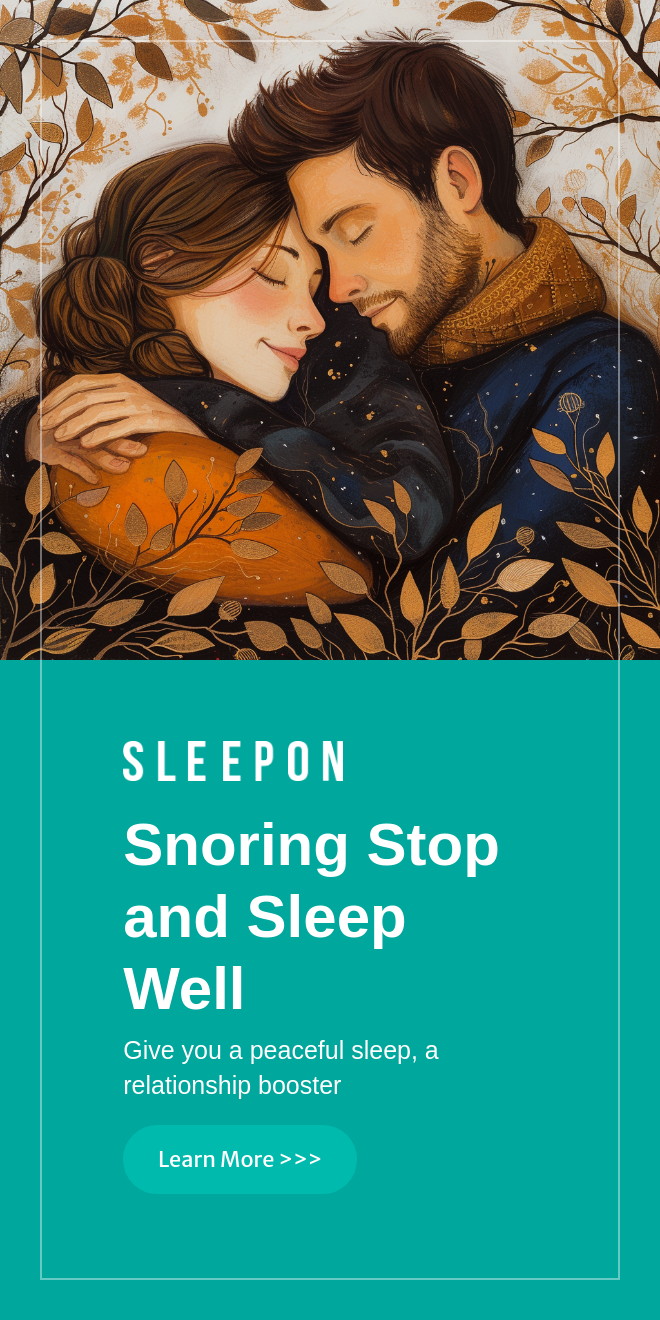
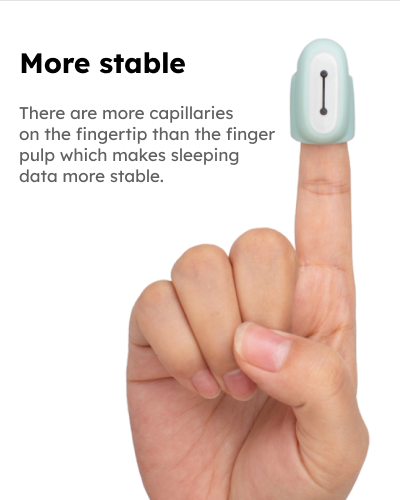
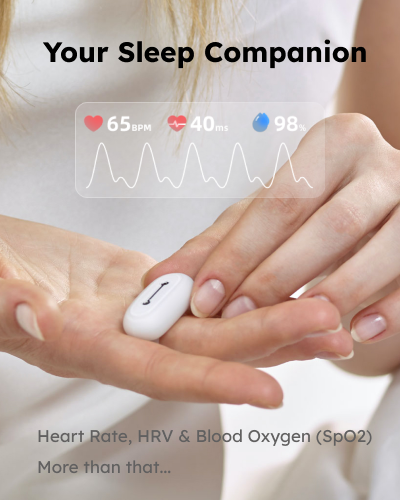

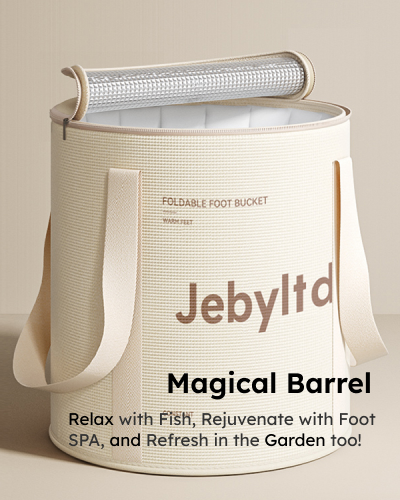
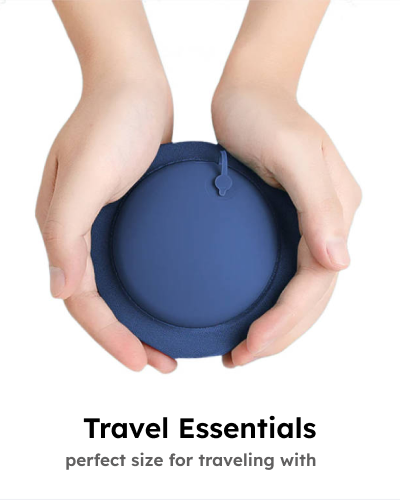
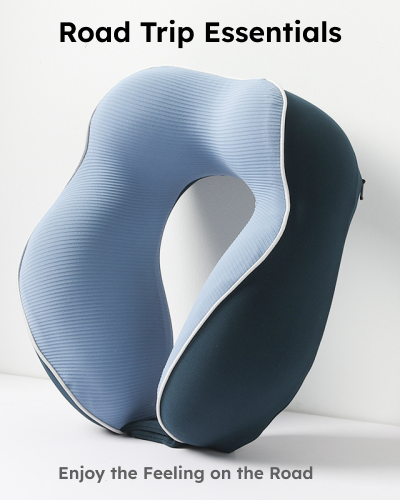
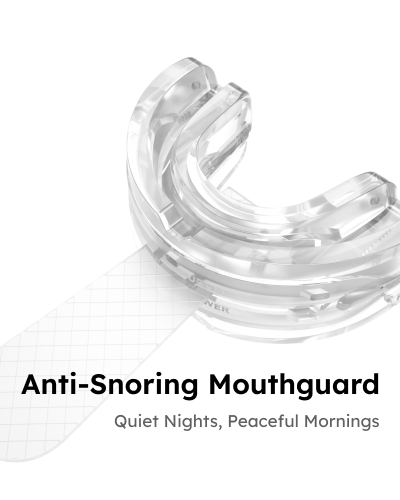
This article is a cut above the rest.